The East Bay Regional Park District is preparing its parks for climate change.
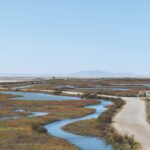
Sign up for our free weekly newsletter and understand everything better!
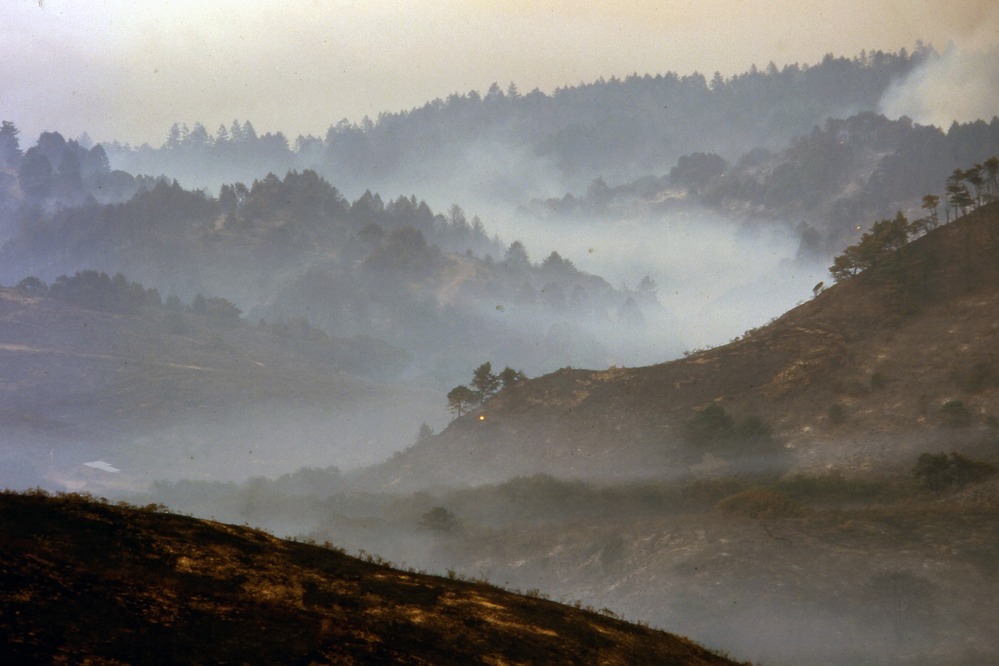

The East Bay Regional Park District is preparing its parks for climate change.
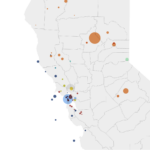
BIL and IRA spending on nature in the greater San Francisco Bay Area has topped $1 billion, according to Bay Nature’s most recent tally for our Wild Billions project.
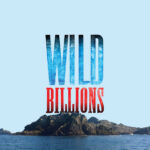
Meet BIL and IRA—two federal bills with forgettable names that belie their enormous potential impact on the environment.
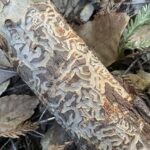
While walking in the woods, you’ve likely encountered a dead log engraved with maze-like squiggles. These natural carvings are known as beetle galleries, and the grooves are munched out by the larvae of bark beetles in the subfamily Scolytinae.
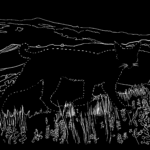
Bits of DNA linger on the forest floor, in the ocean, and even in the air—and these strands have stories to tell, back at the lab. Here’s how environmental DNA (aka ‘eDNA’) is starting to transform how ecologists work in the Bay Area and beyond.
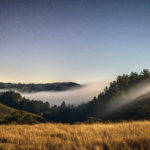
Visitors can now witness the response of this burned forest—one of nature’s least understood and most dynamically changing habitats.
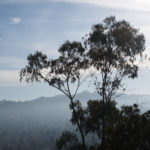
Eucalyptus trees on Albany Hill are wasting away from blight. Some people may cheer—but these trees are also home to endangered monarchs.
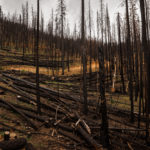
Private landowners in California hold a huge amount of forest that’s primed to burn.
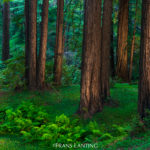
With Bay of Life, Frans Lanting and Christine Eckstrom wanted to go past Monterey Bay’s natural beauty to explore its past, present and possible futures.
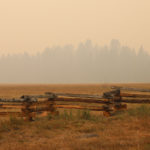
As fire risk rises, is it time to consider managed retreat? Three environmental design and sustainability experts explore the options.